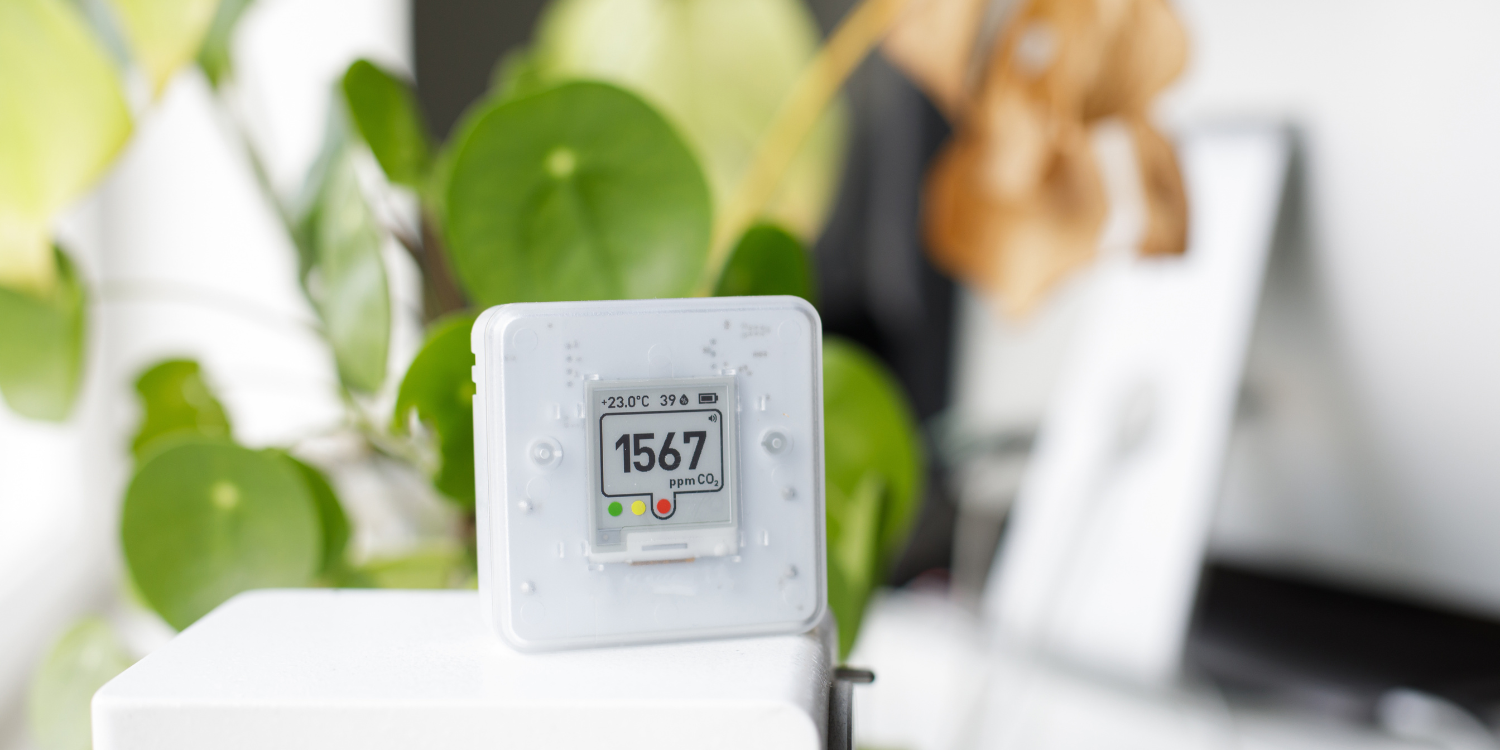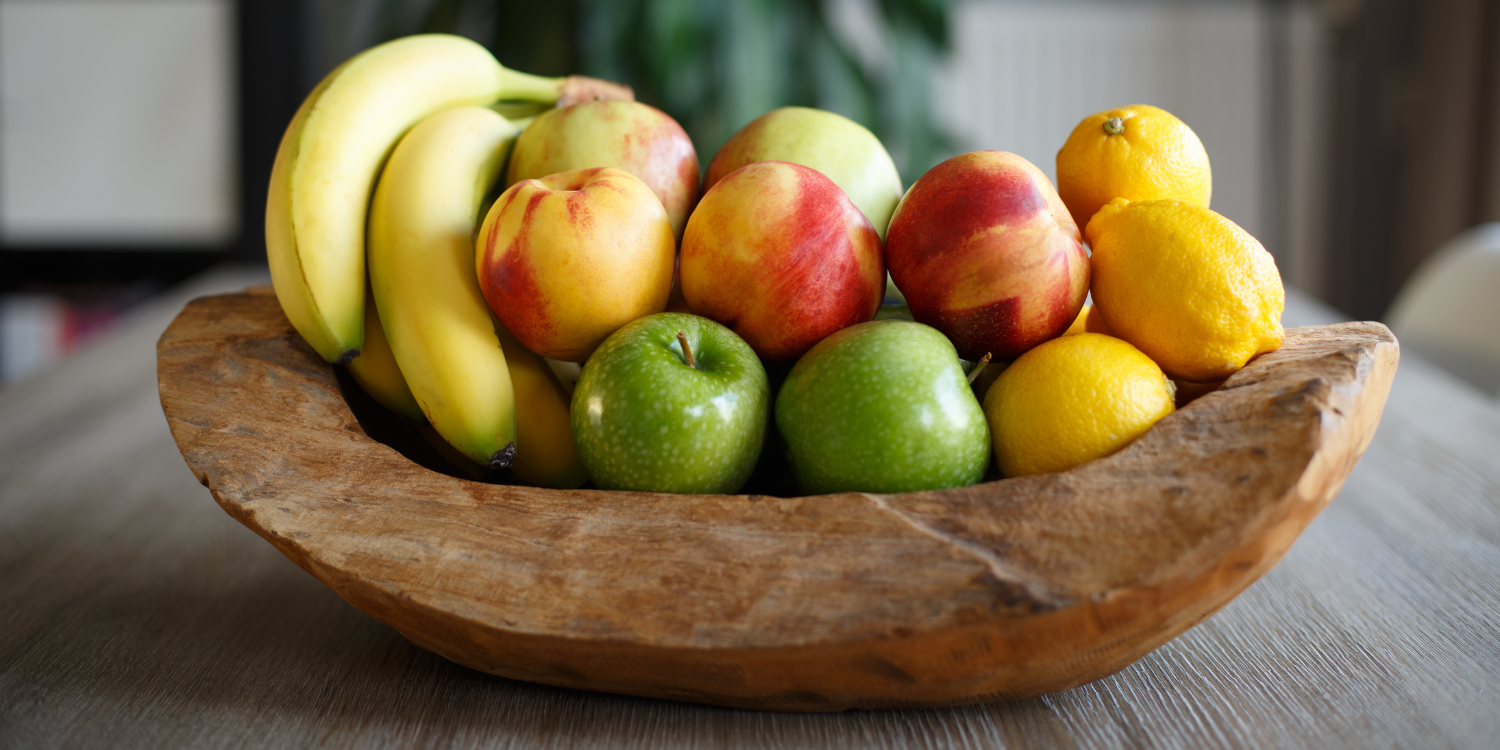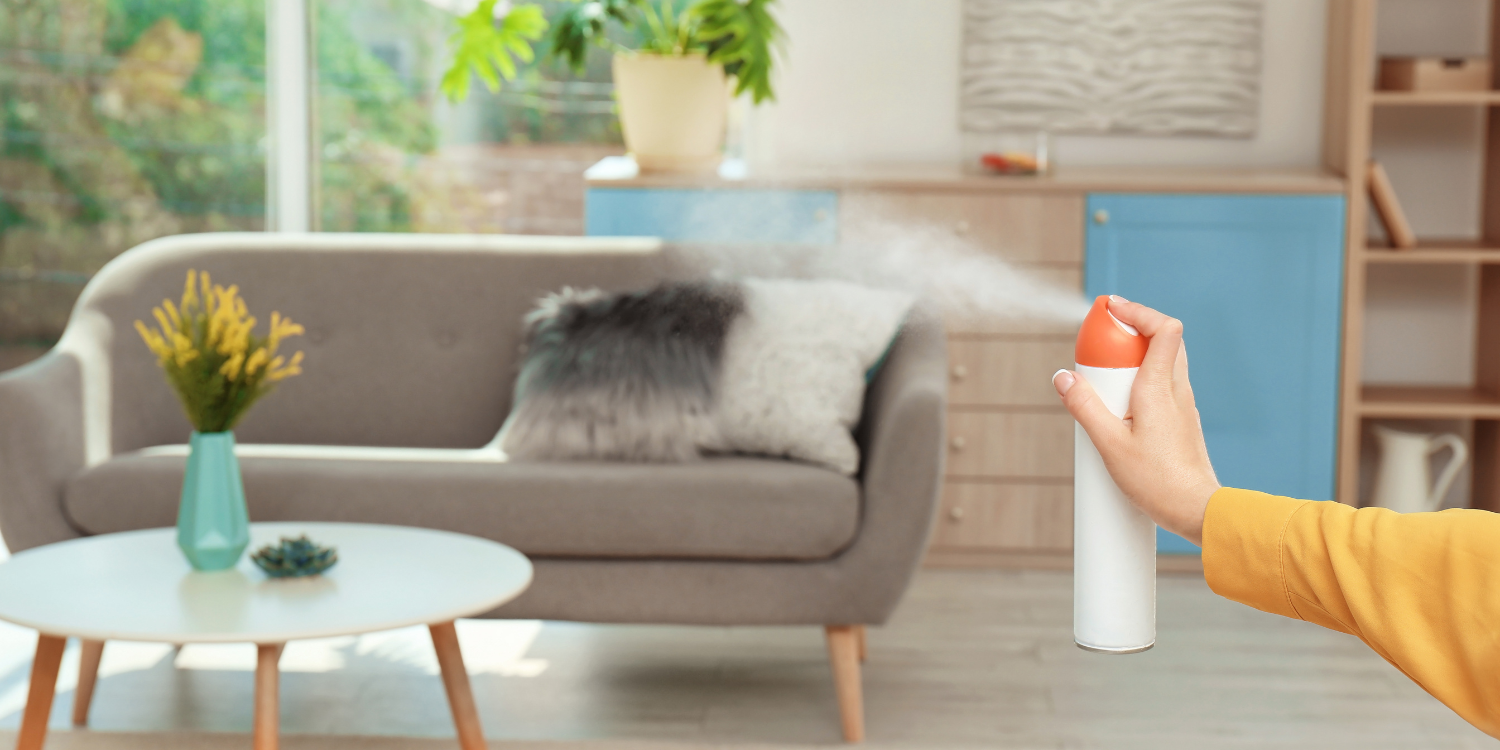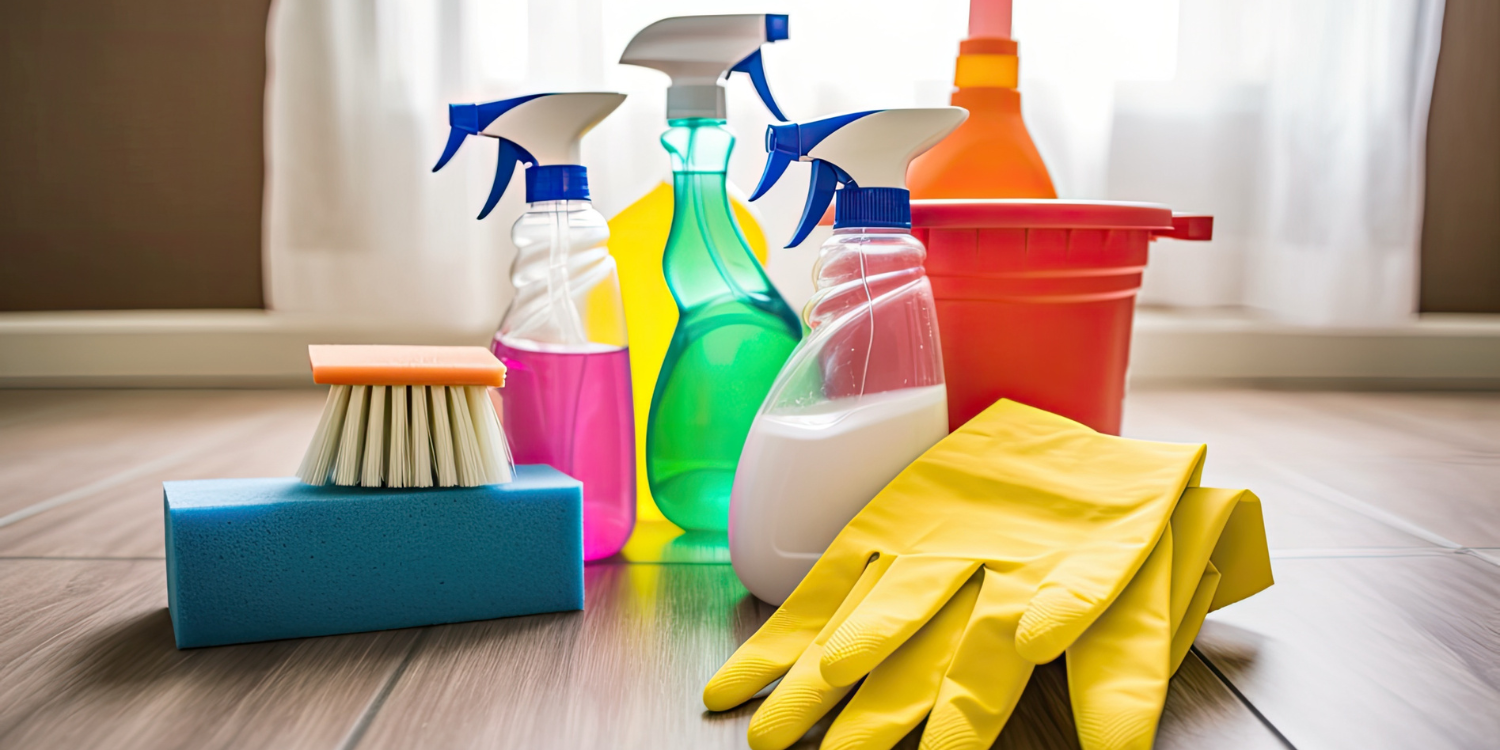 Our efficient, airtight homes have led to a slowing of the exchange of air from indoors to out, and because of this, the EPA estimates that indoor air can be up to five times more polluted than outside. Here are the five most common indoor pollutants, and what you can do about them.
Our efficient, airtight homes have led to a slowing of the exchange of air from indoors to out, and because of this, the EPA estimates that indoor air can be up to five times more polluted than outside. Here are the five most common indoor pollutants, and what you can do about them.

1. Pesticides
With the amount of these chemicals being used on our food, it is no wonder they exist in high concentrations inside the home. They have been shown to cause hormonal imbalances, respiratory issues, central nervous system damage, and even cancer.
To minimize the presence of pesticides in your home opt for organic produce, or wash your produce as soon as you bring it home instead of waiting until it is about to be consumed.
2. Formaldehyde
Air fresheners might refresh the smell of your home, but not without a negative impact on your health. These products contain the carcinogen formaldehyde, and phenol, a poison that can cause coma or death if one is exposed to large amounts.
To replace commercial air freshener products, you can use essential oils and fresh flowers or plants throughout your home.
3. Lead
A few decades ago, lead paint and lead piping was commonly used in homes. Since many of us live in homes that were constructed in this era, this is something we should all be aware of.
If you are considering a home renovation, this could cause lead dust to be emitted into your air. Whenever possible, avoid scraping or disrupting areas with lead paint, and during renovations, use a contractor that has access to an air filtration system to remove the particles from the air.
4. Ammonia
Many homeowners use ammonia-based cleaning agents throughout their homes. From burning throat and eyes, to severe coughing and respiratory issues, this common poison should be avoided. Instead, natural cleaners like vinegar, baking soda or lemon can be used with no health effects.
5. Chlorine
This common household supply is actually one of the most dangerous toxins, responsible for more poisonings than anything else we keep in our homes. Formaldehyde and chlorine are common ingredients, and both are linked to numerous health conditions, including cancer.
Traces of both these ingredients are left on your dishes and cutlery, and can also make it into your air via steam.
Looking for natural dish detergent, or skipping the dishwasher and washing by hand with natural soap will help decrease the presence of these harmful chemicals in your home.
Removing Harmful Indoor Pollutants from Your Home
Air filtration systems can help you rid your home of the harmful indoor contaminants that build up over time. If you’re interested in learning what kind of system works best for your needs, contact your local ClimateCare member now.
Do you have more questions about air purification and how to improve your indoor air quality? Read our FAQs on Air Purifiers!







